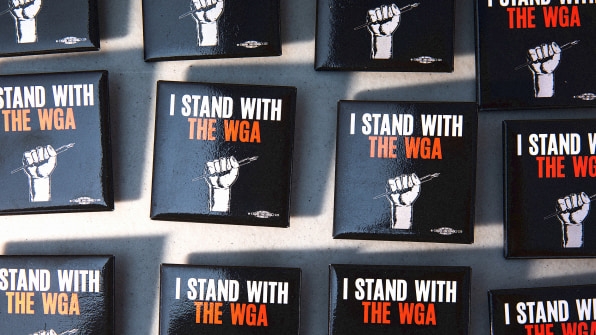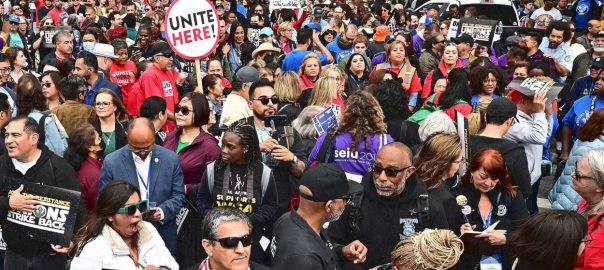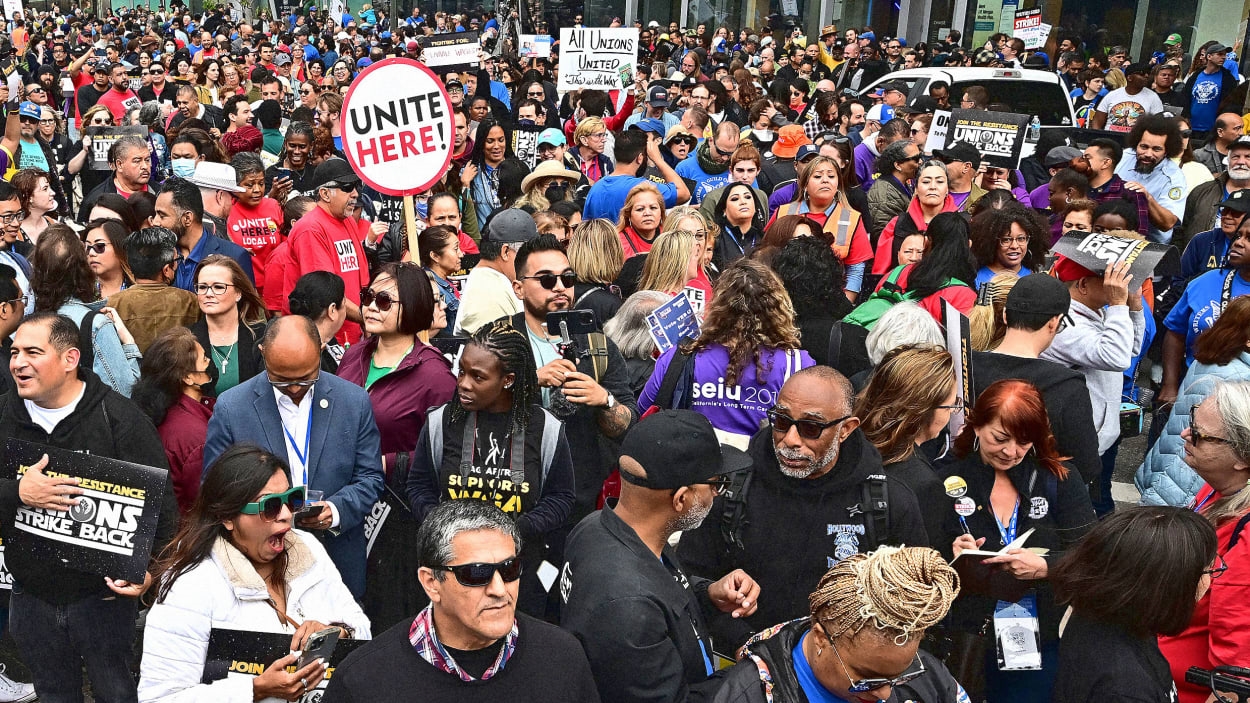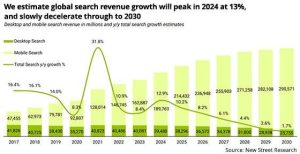By Kim Kelly
Last week, an upstart digital publication called Business Outsider nabbed its first big White House scoop. Reporter Bryan Metzger didn’t have to lurk around the Rose Garden or muscle his way into a briefing room to get the story, though, because he and his coworkers—and a Biden administration gaffe—were the story. Like thousands of other media workers right now, Metzger and his colleagues at Insider were on strike, and when Biden’s press office sent out a release highlighting an Insider story, they crossed the digital picket line.
It was an embarrassing misstep from an administration that bills itself as stridently pro-union, and Business Outsider, an online publication run by striking Insider workers, quickly extracted an apology from the White House as well as a statement of support for their fight “Across the country, we’ve seen a historic wave of newsrooms demanding fair pay and benefits,” White House Press Secretary Karine Jean-Pierre said in the statement to BO. “This week alone, journalists at Gannett, Insider, and the Pittsburgh Post-Gazette remain on strike. All workers deserve a voice in the workplace, and journalists are no different.”
The “hot labor summer” tagline may have been coined by Amazon Labor Union President Chris Smalls (with respect to Megan Thee Stallion) but workers spread across all kinds of industries, including those at Insider, have been embracing the sentiment with gusto. As temperatures have soared, so have the numbers of workers who have engaged in walkouts, protests, and strike actions against their employers. The Cornell University School of Industrial and Labor Relations’ Strike Tracker has counted 46 separate labor actions in 69 different locations across the country since May 1, and they’ve attracted a great deal of attention from the media and labor supporters alike.
From call center workers in Mississippi to construction workers in Missouri and baristas in Maine, the labor movement has really been moving this summer. “We have workers who are organizing, we have workers who are fighting for a better contract, we have workers who are fighting for a first contract,” Lorena Gonzalez Fletcher, executive officer of the California Labor Federation, told KCRW. “All of this means that they’re taking to the streets, that they’re getting out there. They’re ensuring that their bosses know that they’re gonna expect a little bit more and it’s about time.”
The Insider Union went on strike June 2 and reached a tentative agreement on June 14, but others in their industry have been holding the line for far longer—and some, like the Pittsburgh Post-Gazette, have started publications of their own. Their Pittsburgh Union Progress provides snappy reporting as well as strike updates, and as the strike itself continues into its eighth month, it also highlights the importance of local news itself. NewsGuild members at over two dozen Gannett-owned newspapers in seven states made the same point on June 5th when they walked out to protest pay cuts and poor working conditions.
Meanwhile, the 11,000-strong Writers Guild of America strike is locked in an existential battle to preserve the written word itself against the looming threat of AI, and have been out on the picket lines in Los Angeles, New York City, Atlanta, Philadelphia, and elsewhere since May 2nd with no end in sight. While the Directors Guild of America quickly reached a tentative agreement for their own new contract, dashing hopes of a united Hollywood labor front, the Screen Actors Guild—American Federation of Television and Radio Artists (SAG-AFTRA) just voted overwhelmingly to authorize a strike in the event that their own negotiations go south before their contract expires on June 30.

The Hollywood labor battle has drawn support from throughout the labor movement, including the Teamsters, whose ironclad commitment to never crossing a picket line has dismayed studio bosses hoping to keep television and movie production running. The logistics behemoths have been loudly preparing for a potential showdown of their own with the United Parcel Service come August. Newly-elected union president Sean O’Brien—whose philosophy is that contract negotiations are “a full-contact sport”—has been extremely public about his willingness to lead his 350,000 members out on what would be the largest strike of the century so far.
“This contract fight is about two visions of work in the twenty-first century,” Teamsters members Sean Orr and Elliott Lewis wrote in Jacobin. “One is promoted by workers: equal pay for equal work, dignity and autonomy on the job, and a stable work-life balance. The other is promoted by Wall Street: hyper surveillance, low pay, subcontracting, gig work, and “flexible” scheduling practices that hurt workers and benefit bosses.”
It’s an exciting moment for the labor movement, but the nation’s dangerously conservative Supreme Court has also just passed down a decision that may cause significant harm to unions’ ability to successfully hit the picket line. In Glacier Northwest v. International Brotherhood of Teamsters, the court (save for Justice Kentaji Brown, who dissented) sided with employers against workers by handing down a decision that wrests power away from the National Labor Relations Board and makes it significantly easier for companies to sue unions (and siphon away their funds with legal fees) during a strike.
“Unions, because of the costs of these lawsuits and the possible liabilities, would then be afraid to go on strike and the right to strike would be severely limited,” Kate Bronfenbrenner, director of labor education research and a senior lecturer at Cornell University’s ILR, explained prior to the decision.
It’s bad timing for the Teamsters (and for the entire movement) but Glacier is not a death knell. It simply means that workers and our unions will have to continue to organize, to strategize, and to come up with new and creative ways to bring the bosses to heel, whether they’re staging a Simpsons reunion on a Hollywood picket line or storming a Dollar General shareholders’ meeting in Tennessee. The summer of strikes is only starting to heat up.
Kim Kelly is an independent journalist, author, and organizer whose writing on labor, politics, class, and culture has appeared in Teen Vogue, Rolling Stone, The Nation, The New York Times, The Washington Post, Columbia Journalism Review, and many other publications. Her first book, Fight Like Hell: The Untold History of American Labor, is out now via One Signal/Simon & Schuster. She is currently working on her second book.
Correction: We’ve updated this article with the correct day the Insider union went on strike.
(3)






